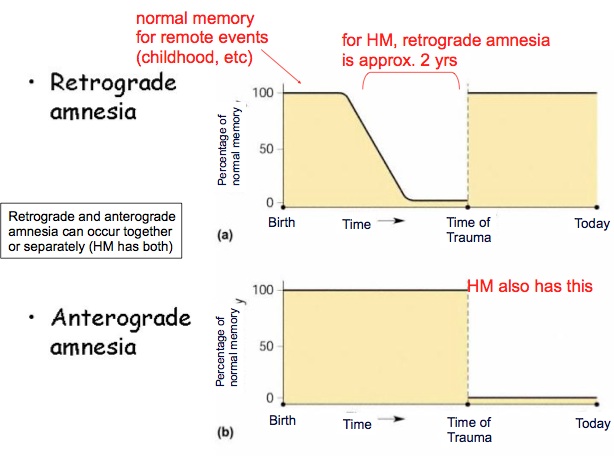

We discuss the implication of our findings for rehabilitation.Ĭitation: Talmi D, Caplan JB, Richards B, Moscovitch M (2015) Long-Term Recency in Anterograde Amnesia. Our findings suggest that interference mechanisms are preserved in amnesia despite the overall impairment to LTM, and challenge strict dual-store models of memory and their dominance in explaining amnesia. Memory deficits appeared only after the first word recalled in each list, suggesting the impairment in amnesia may emerge only as the participant’s recall sequence develops, perhaps due to increased susceptibility to output interference. The advantage of recency over midlist items in CDFR was comparable to that of controls, confirming a key prediction of single-store models. People with amnesia demonstrated the full long-term recency pattern: the recency effect was attenuated in DFR and returned in CDFR. This condition was compared to an Immediate Free Recall (IFR, no distractors) and a Delayed Free Recall (DFR, end-of-list distractor only) condition. People with amnesia and matched controls studied, and then free-recalled, word lists with a distractor task following each word, including the last (continual distractor task, CDFR).
LONGTERM RETROGRADE VS ANTEROGRADE AMNESIA FOR FREE
Here we tested a key prediction of single-store models for free recall in amnesia: that people with amnesia will exhibit a memory advantage for the most recent items even when all items are stored in and retrieved from LTM, an effect called long-term recency. Although dual-store models of memory have been challenged by single-store models based on interference theory, this had relatively little influence on our understanding and treatment of amnesia, perhaps because the debate has centred on experiments in the neurologically intact population.

The intact recency effect in amnesia had supported this view. Amnesia is usually described as an impairment of a long-term memory (LTM) despite an intact short-term memory (STM).


 0 kommentar(er)
0 kommentar(er)
